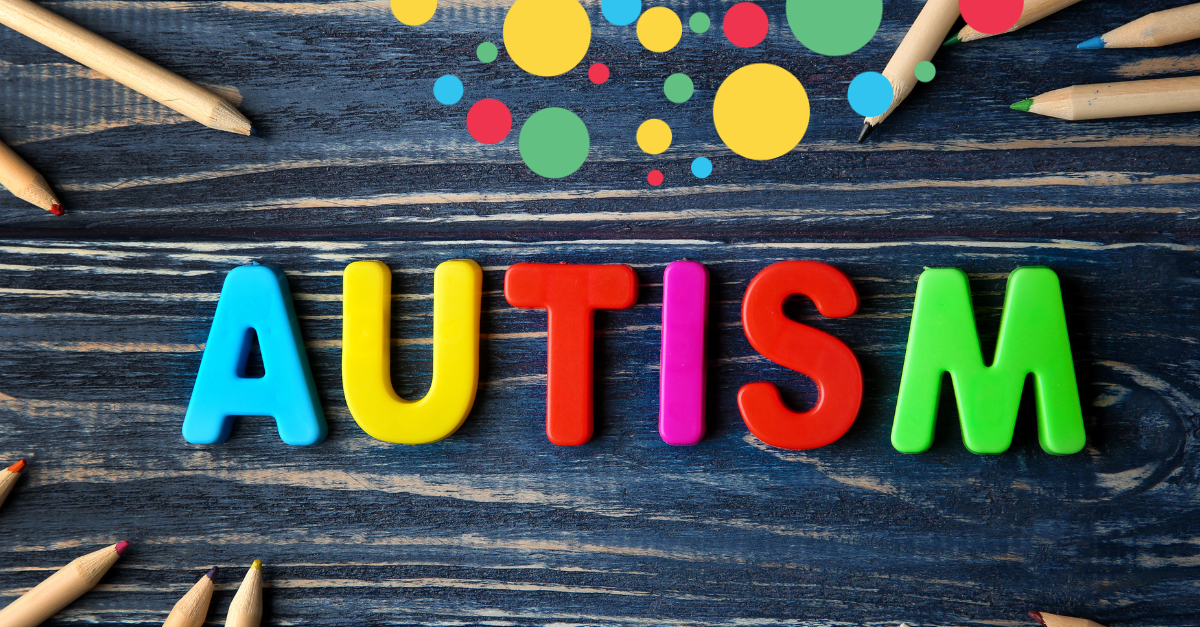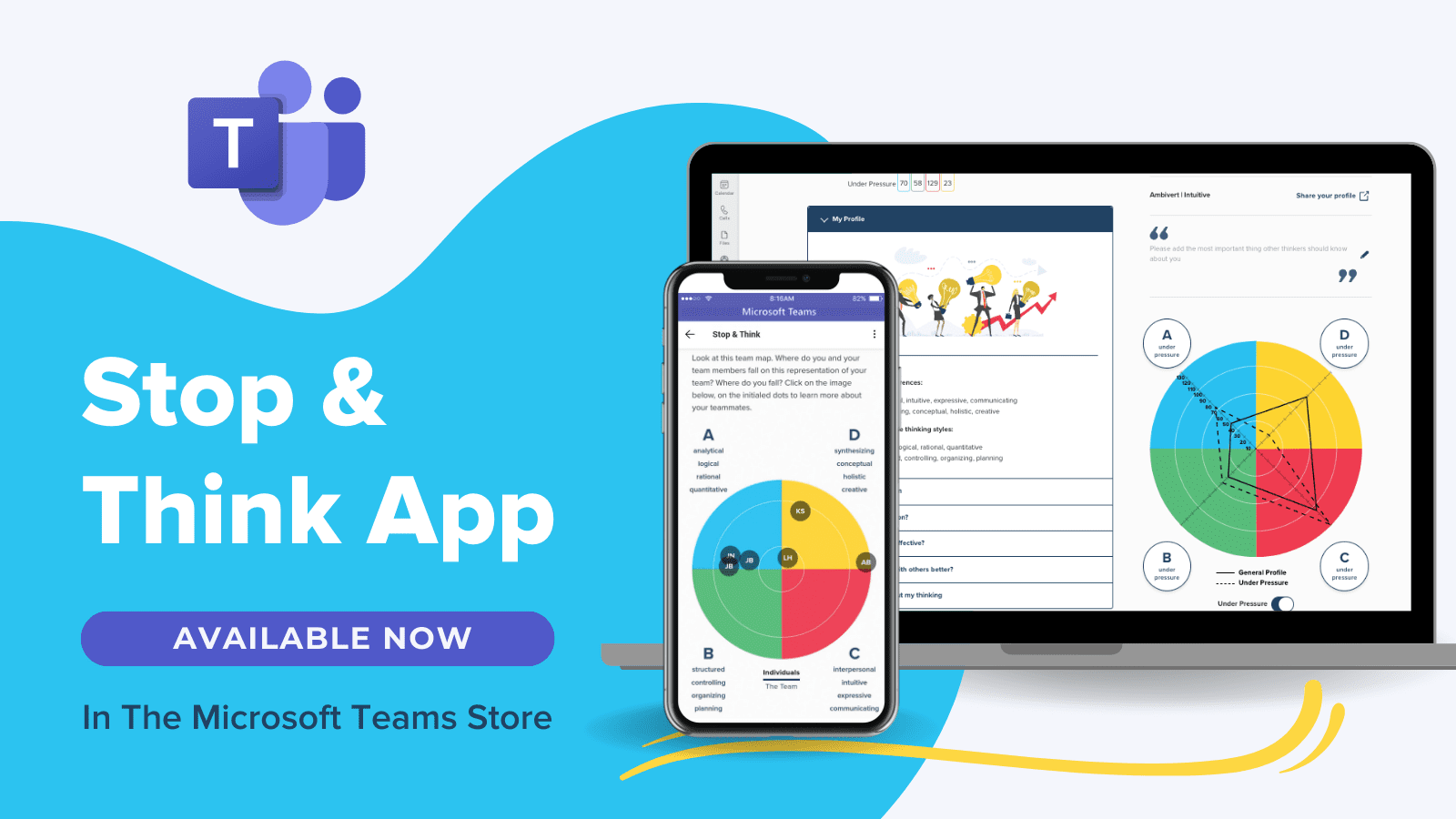As we’ve learned in 2020, there are some things you simply can’t predict about the year ahead from the vantage point of the present.
After all, how many of us had a pandemic-induced lockdown and acceleration of remote work adoption on our “trends to watch” lists at the end of 2019? But the major upheavals of this year also give us a pretty good hint at some of what we can expect for the future of work and human resources in 2021.
When it comes to the broad field of Human Resources, everything from complexities related to COVID-19 safety and vaccination policies to potential changes in compliance and regulatory priorities from a new US presidential administration will be in the spotlight.
But for our purposes, we’re going to focus in on some specific trends we’re seeing in connection to our expertise in areas like cognitive diversity, leadership development, teamwork and collaboration, virtual team productivity and related skills.
So, get out your crystal ball and let’s take a look at a few trends that will shape the workplace and HR priorities in 2021:
1. Remote teams and hybrid work environments are here to stay.
And we’re not going back. That’s the message of many companies (and employees) in the wake of the forced move to remote work in 2020. In fact, newly released research reveals that 1 in 4 Americans will be working remotely in 2021. The study also predicts 36.2 million Americans will be working remotely by 2025 — an 87% increase in remote work over pre-pandemic levels.
This shift has myriad consequences for HR and L&D professionals. Beyond the obvious technology and logistics issues, remote environments require even more dedicated attention to things like culture, cohesiveness, and teamwork and collaboration. We know from our own experience of moving to a 100% remote company a few years back that you have to be intentional about it.
This rise in flexible work environments may also lead companies to bring in more part-time and freelance/contract talent, which means employees may never have that IRL relationship with some of their team members. Tools like Slack and Zoom are a great first step in getting people connected. But especially with remote teams, to improve teamwork and collaboration, you need to take it to the next level by giving people deeper insights into how to best communicate, tackle problems and work effectively, one-on-one and as a team.
2. Digital transformation is fueling work transformation.
The pandemic fueled a change in thinking about how work gets done and what it takes to deliver on the dynamic nature of today’s work and rapidly evolving business goals. Some of that change was at the tactical level of workflows and processes, but as we move forward, this transformation is going to be more about re-architecting work to capitalize on unique human strengths.
This shift from replacing to shaping the workforce will have a significant impact on how you recruit, develop and retain knowledge workers. Productivity, engagement and job fulfillment hinge on a mental match between the needs of the job and the needs, skills and preferences of the individual. Instead of defaulting to old org charts and traditional divisions of labor, savvy HR professionals are using tools like the HBDI assessment to analyze and align roles in the context of what the business needs and who is best suited to delivering on those needs.
3. Diversity, equity and inclusion practices will go deeper.
For many organizations, 2020 was a year of reckoning around diversity and inclusion. They came out with strong public statements, vowed to do better and instituted internal programs to foster discussion around issues like bias and barriers in the workplace. But companies shouldn’t be resting on their laurels. There’s still much more work to be done, and people are watching to see if you’re doing it.
One recent study found that 70% of job seekers want to work for a company that demonstrates a commitment to diversity and inclusion. Other research finds 74% of employees expect their employer to become more actively involved in the cultural debates of the day. If your organization is still struggling to make headway, consider using cognitive diversity as a starting point to break down walls and open people up to the more challenging conversations around bias. Just as important, make the time to reevaluate your values, policies and practices through the lens of the Whole Brain Model to make sure you haven’t overlooked any important elements.
4. Resilience remains essential.
Sign up to our newsletter for the latest insights
The good news is, resilience is something anyone can develop and continue to grow. Whether the disruptions are massive in scale or everyday stresses and pressures, the message for HR is this: People and teams will be most productive and engaged when they’re working in organizations where resilience-sustaining values, goals and actions are built into the culture.
5. Effective, inclusive leadership is required.
Leadership plays a key role in all of these predictions. But year in and year out, companies continually say they’re struggling to develop the inclusive leadership skills and necessary mindsets to steer the organization to success. This will continue to be a challenge for HR, and it will become an even more urgent one to address.
Research shows that what leaders say and do makes up to a 70% difference in whether an employee feels included at work. That has huge consequences in terms of employee engagement, teamwork and collaboration, productivity and, ultimately, organizational performance. Now is the time to start rethinking your leadership playbook to make sure you’re developing managers and leaders who can leverage the full cognitive diversity in your organization.
You never know what a new year is going to bring. This year certainly taught us all that. But no matter what lies ahead, these are all important areas to prioritize to help your organization stay future-ready and adaptable in 2021 and beyond.












